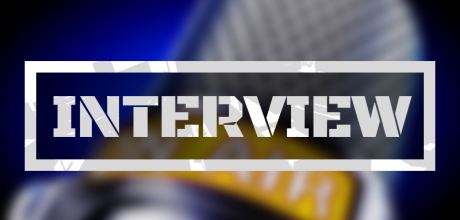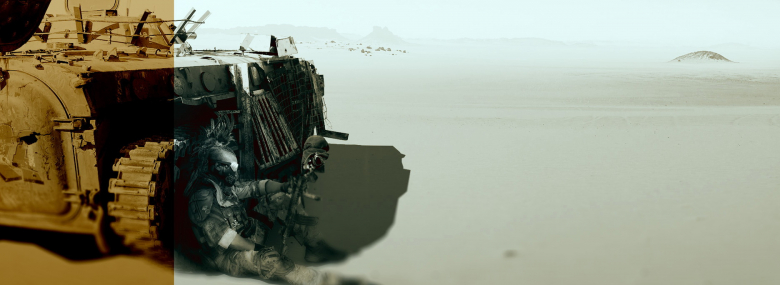
Commanders!
Today, we're bringing you an interview with two key Armored Warfare developers – Head of 3D Vehicles Team Karolis Dzevecka and Lead 3D Artist Evgeny Badylkin. These are two developers who bring you what you like the most – new vehicles!
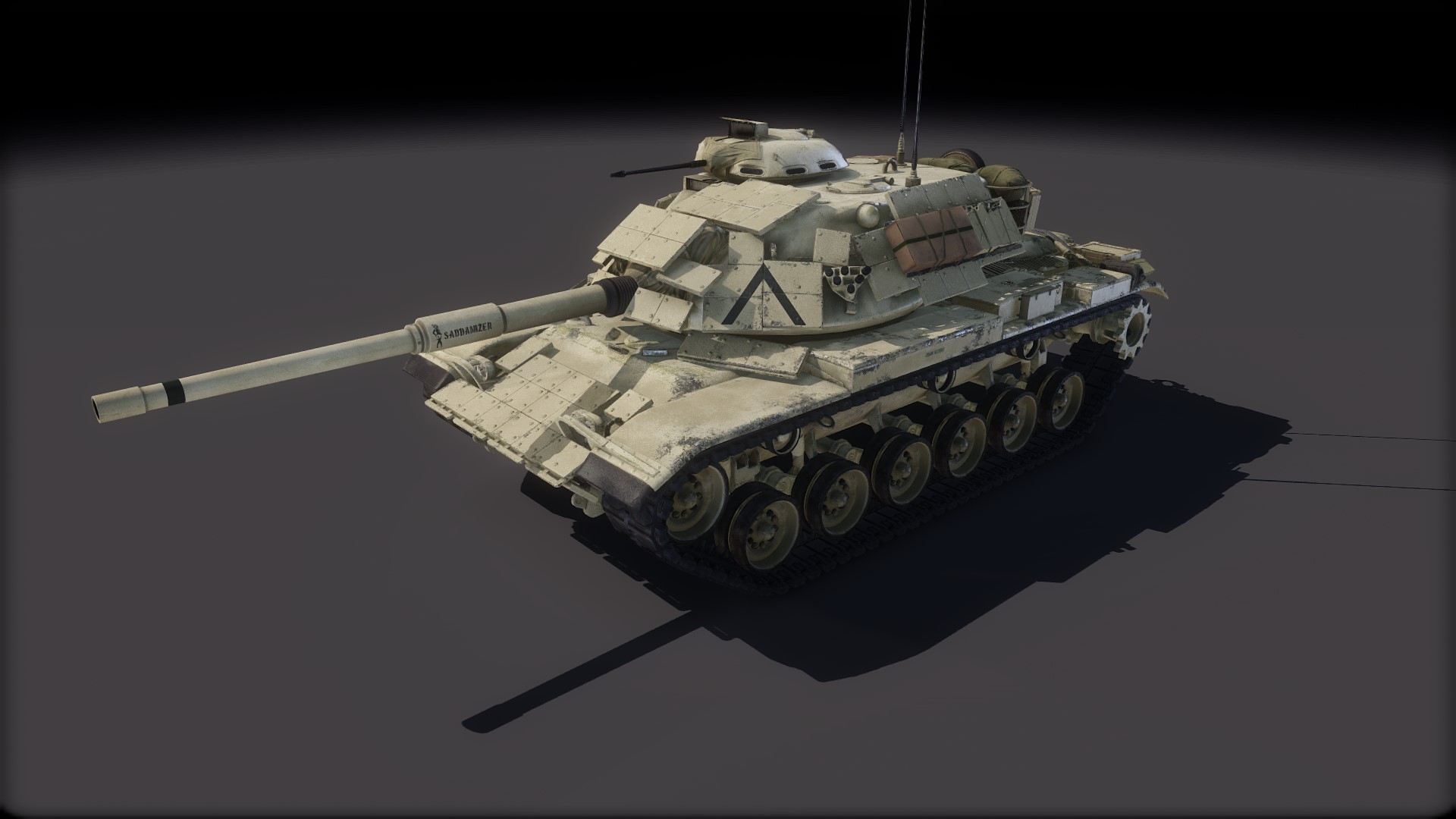
Tell us about various skins. Is it really you guys, who decide to create a specific skin, or are you doing what the others tell you?
Karolis: It depends. The modeling team only fulfills tasks. Decisions are made either by the Art Director, or by the leadership. If there's some event tied to something from real life, for example the upcoming Desert Storm Raid, we make the skins to fit the topic. If there's no such defined topic, we do things as we see fit and everything's left to the imagination of our Art Director. In any case, as you might have noticed, we've recently been focusing on historical skins and it's going great.
When it comes to you guys, do you personally prefer fantasy skins, or more realistic ones?
Karolis: That's a hard question. I personally don't really have a preference, they both can exist. There's definitely a demand for both. That's the truth, no matter what you might have heard – some players like things like the Kraken skin and some like historical skins. The problem with historical skins is that they all look more or less the same. There's a camouflage or paint, some markings and a whole bunch of bags and other things on the vehicle. But we do have lots of camouflages and decals in the game already and some tanks have those bags and camo nets already as well. In other words, if a player wants a historical-looking vehicle, it's sometimes possible to do that even with the assets that are already in the game. You can't say the same thing about Kraken though. Historical skins are all about the detail, but such details may not be obvious to all players.
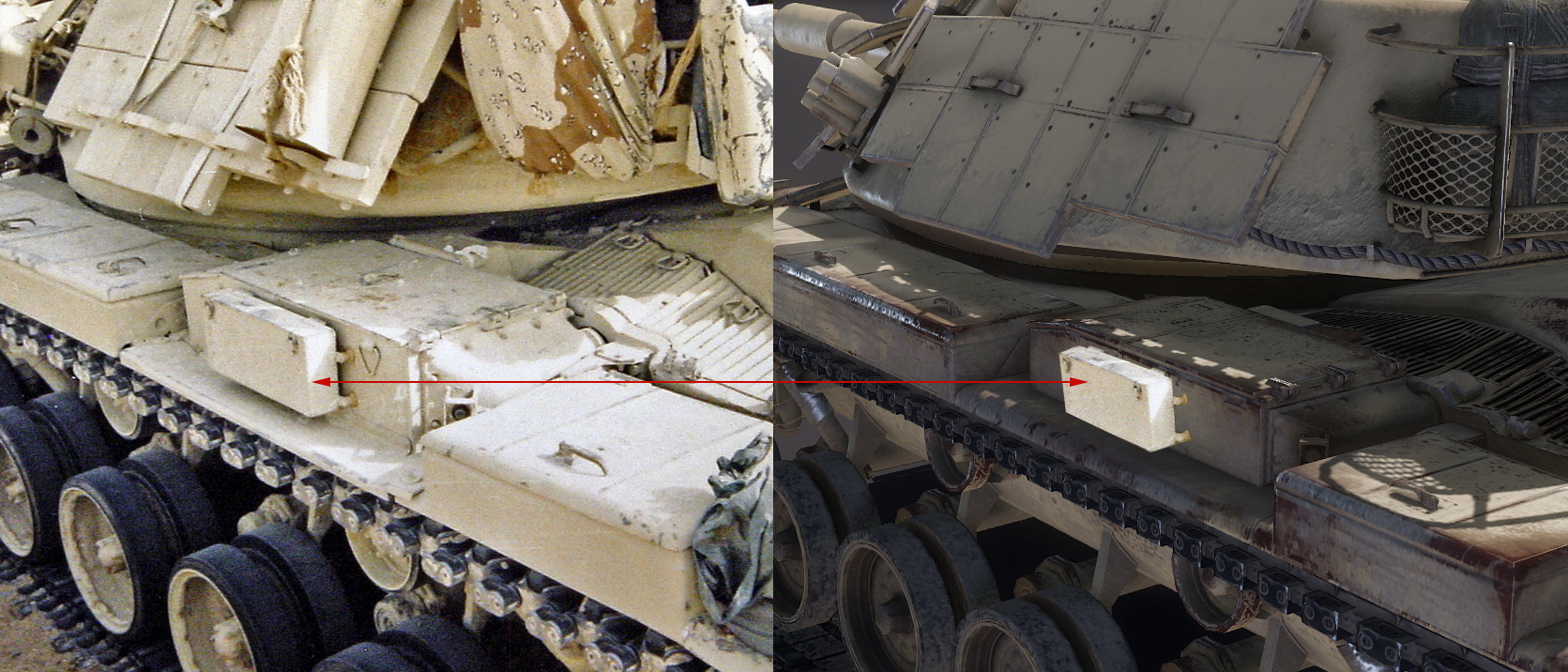
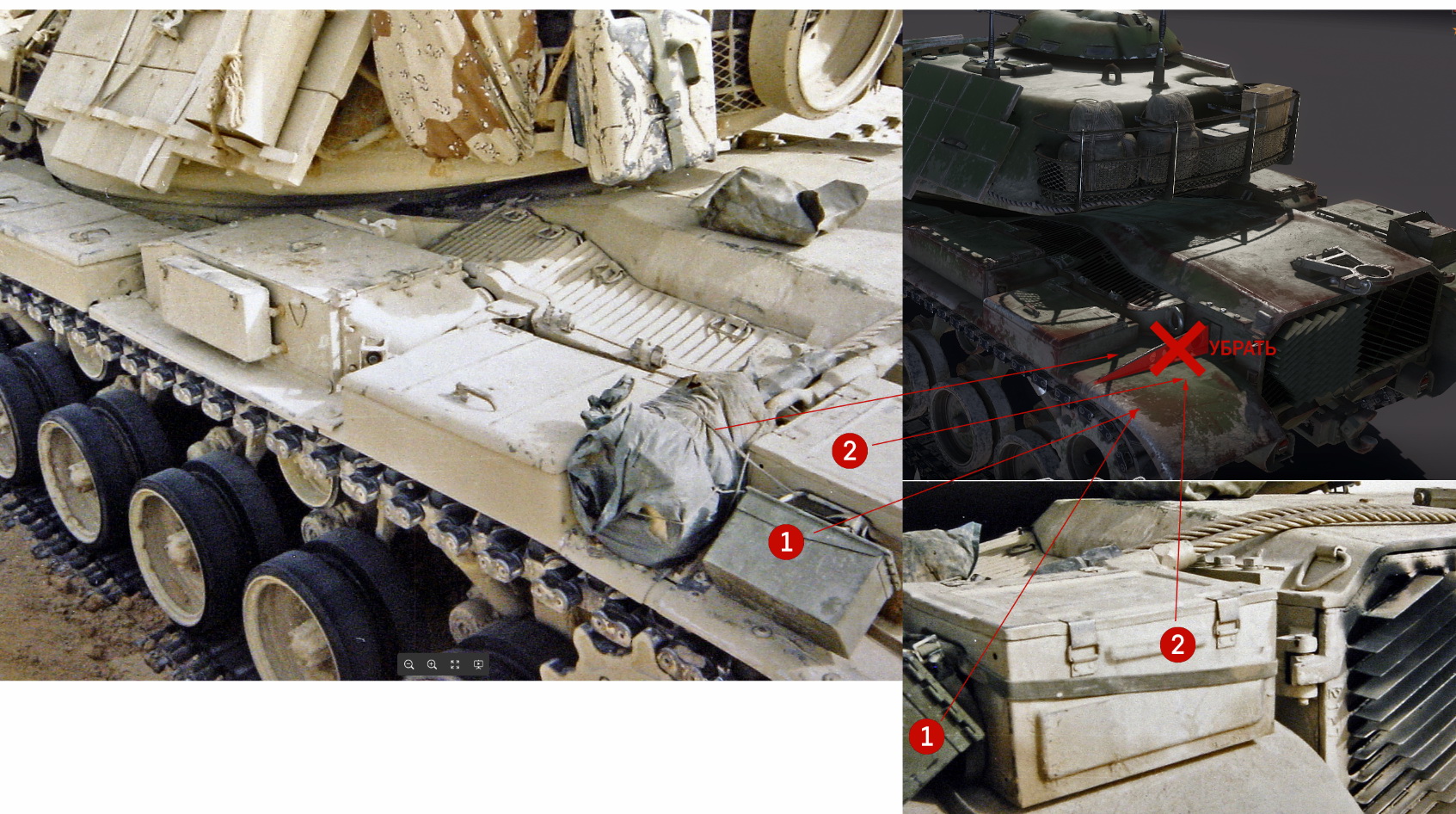
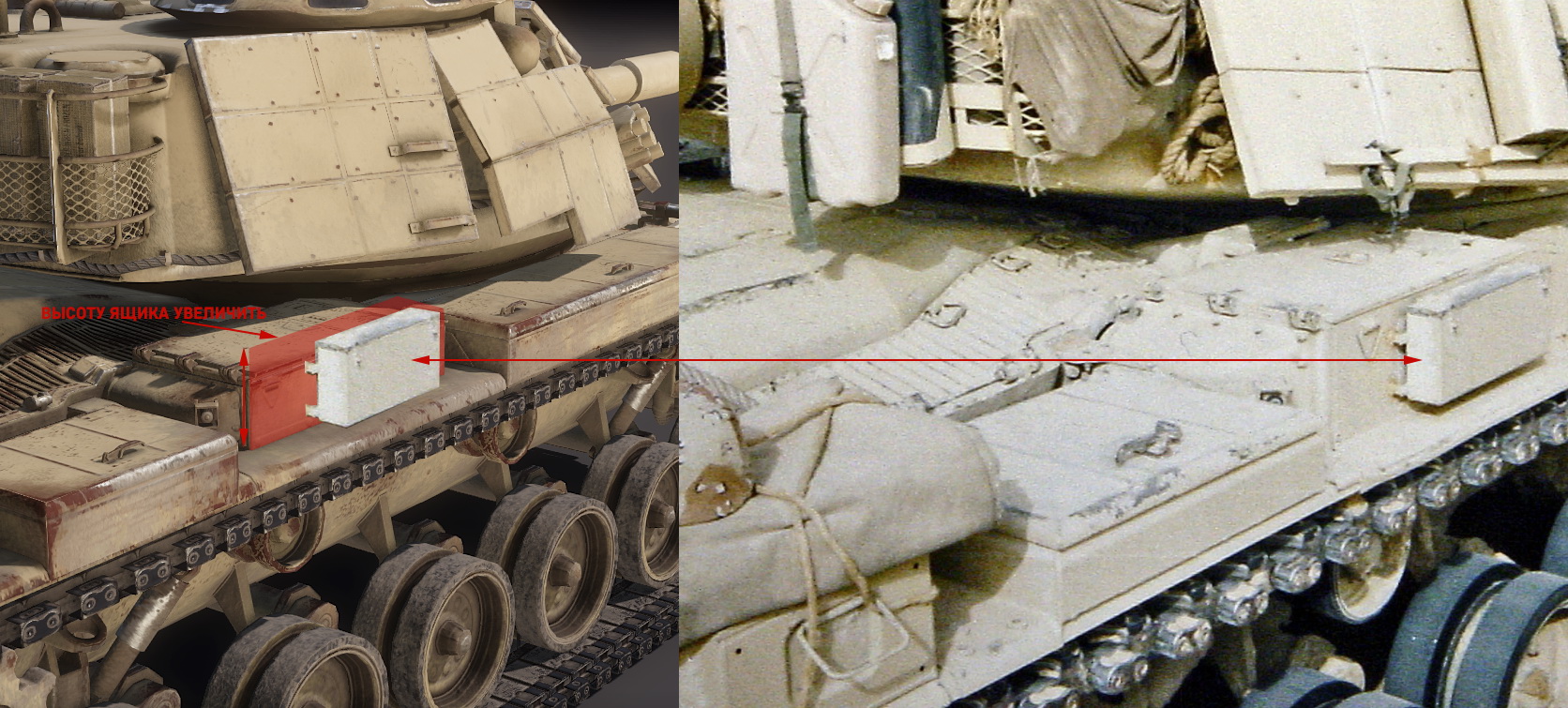
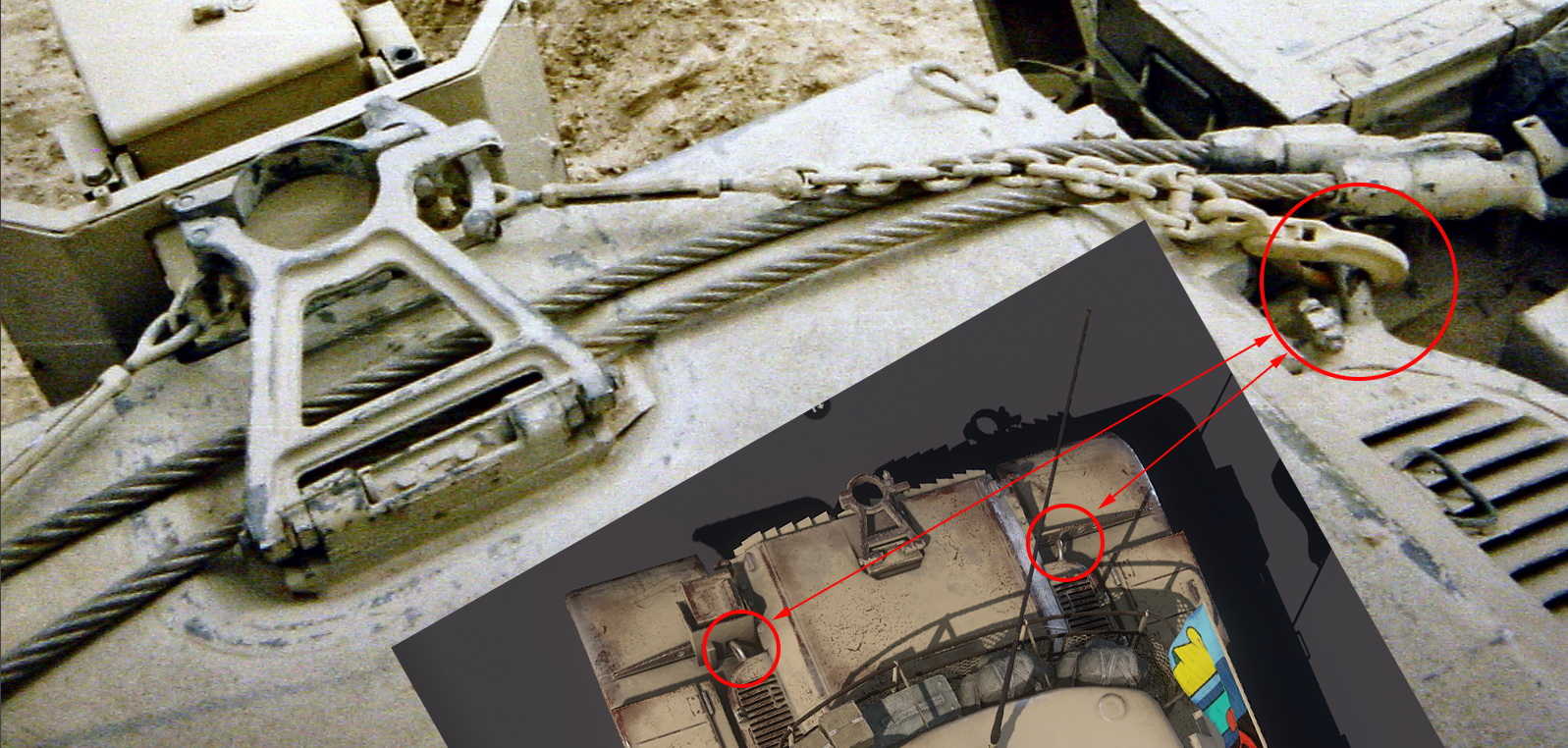
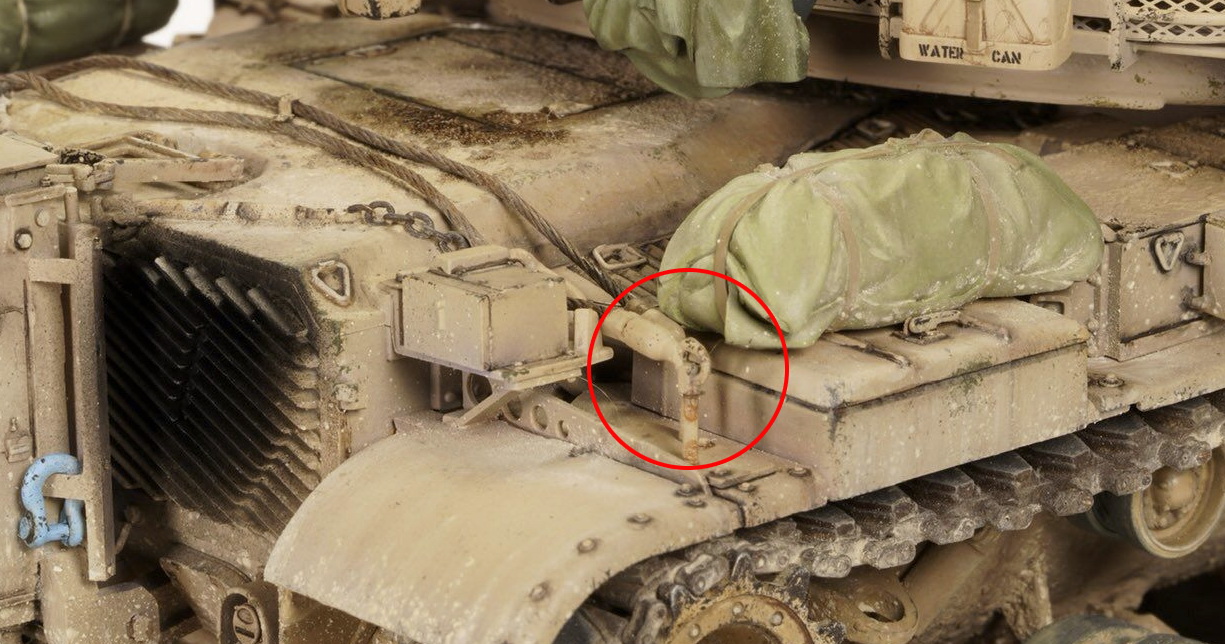

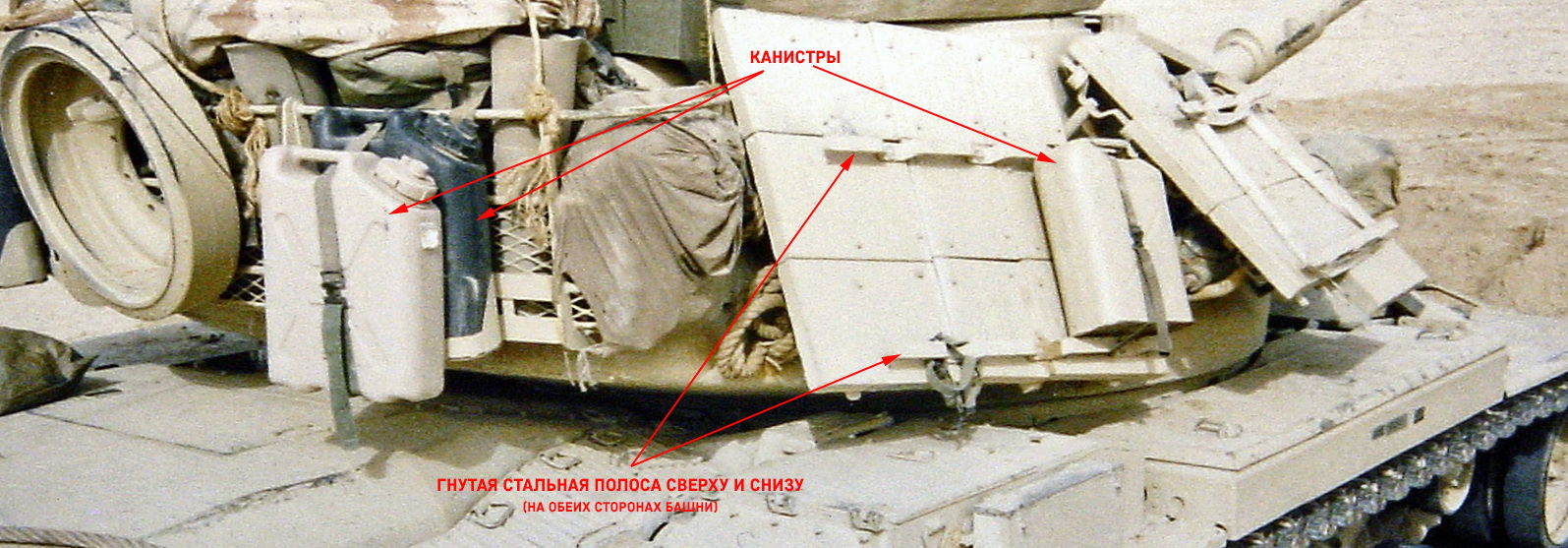
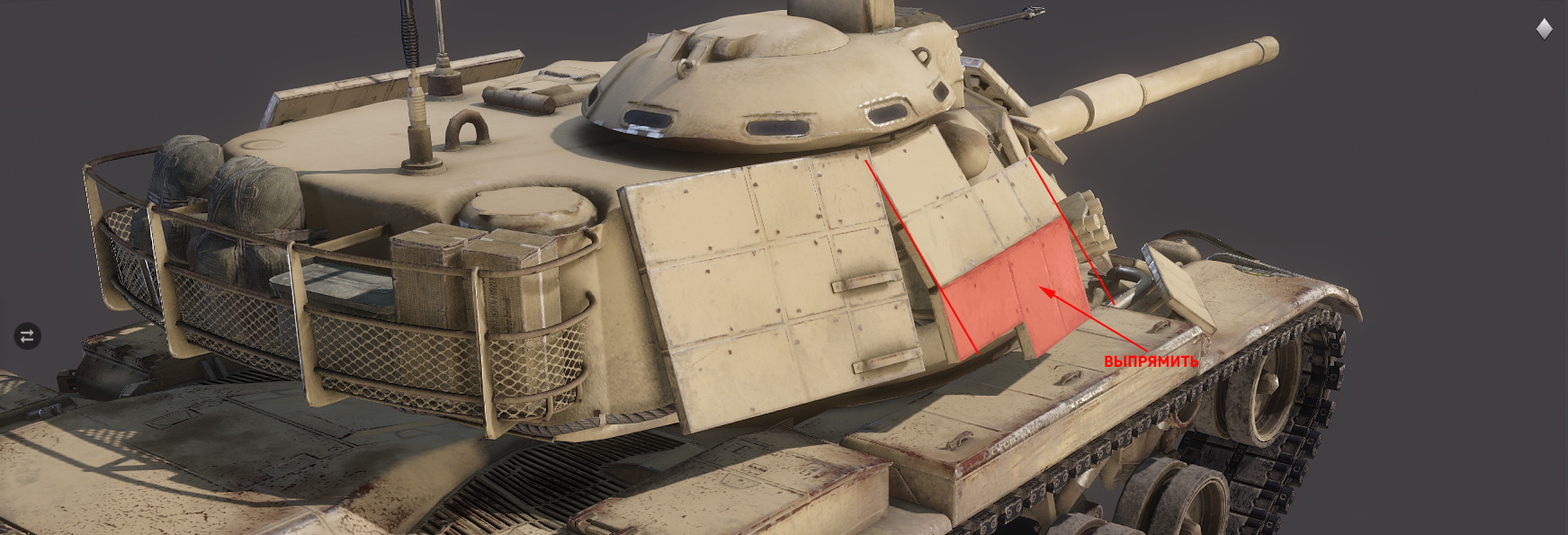
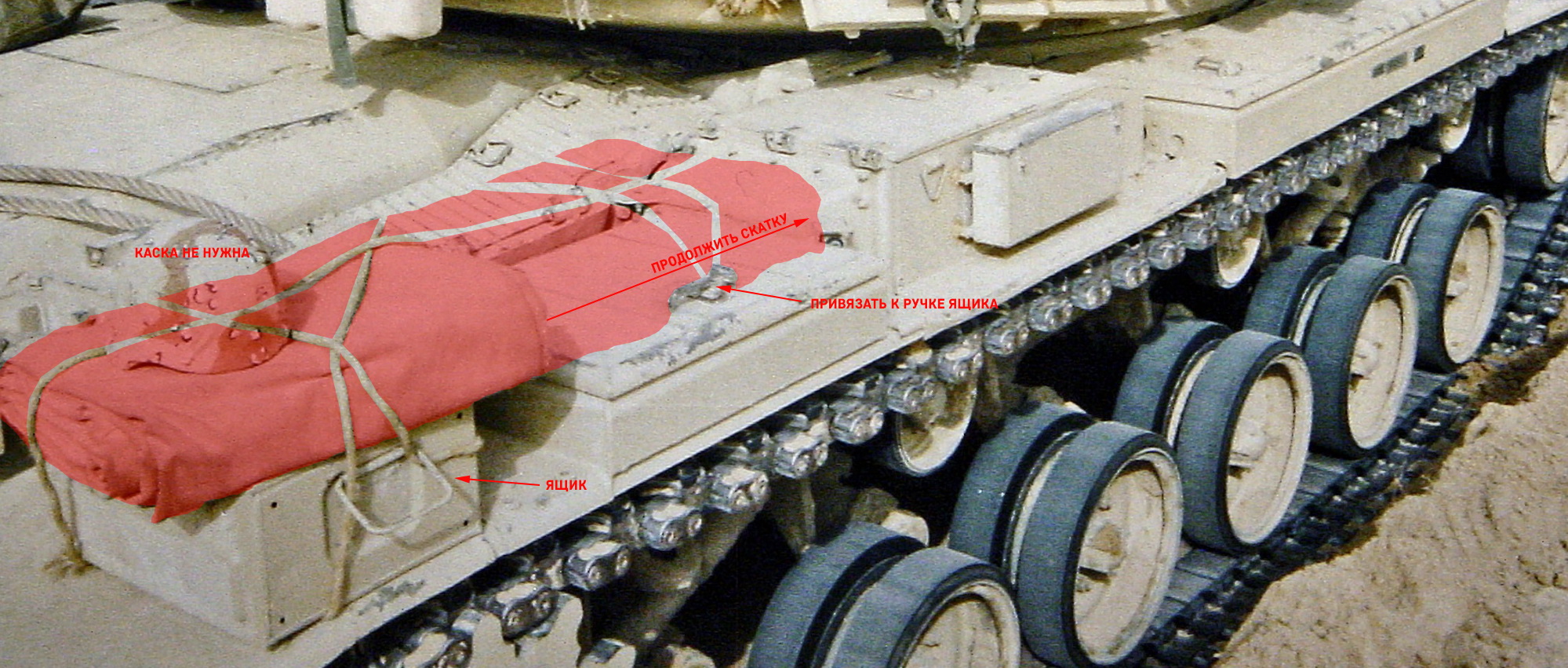

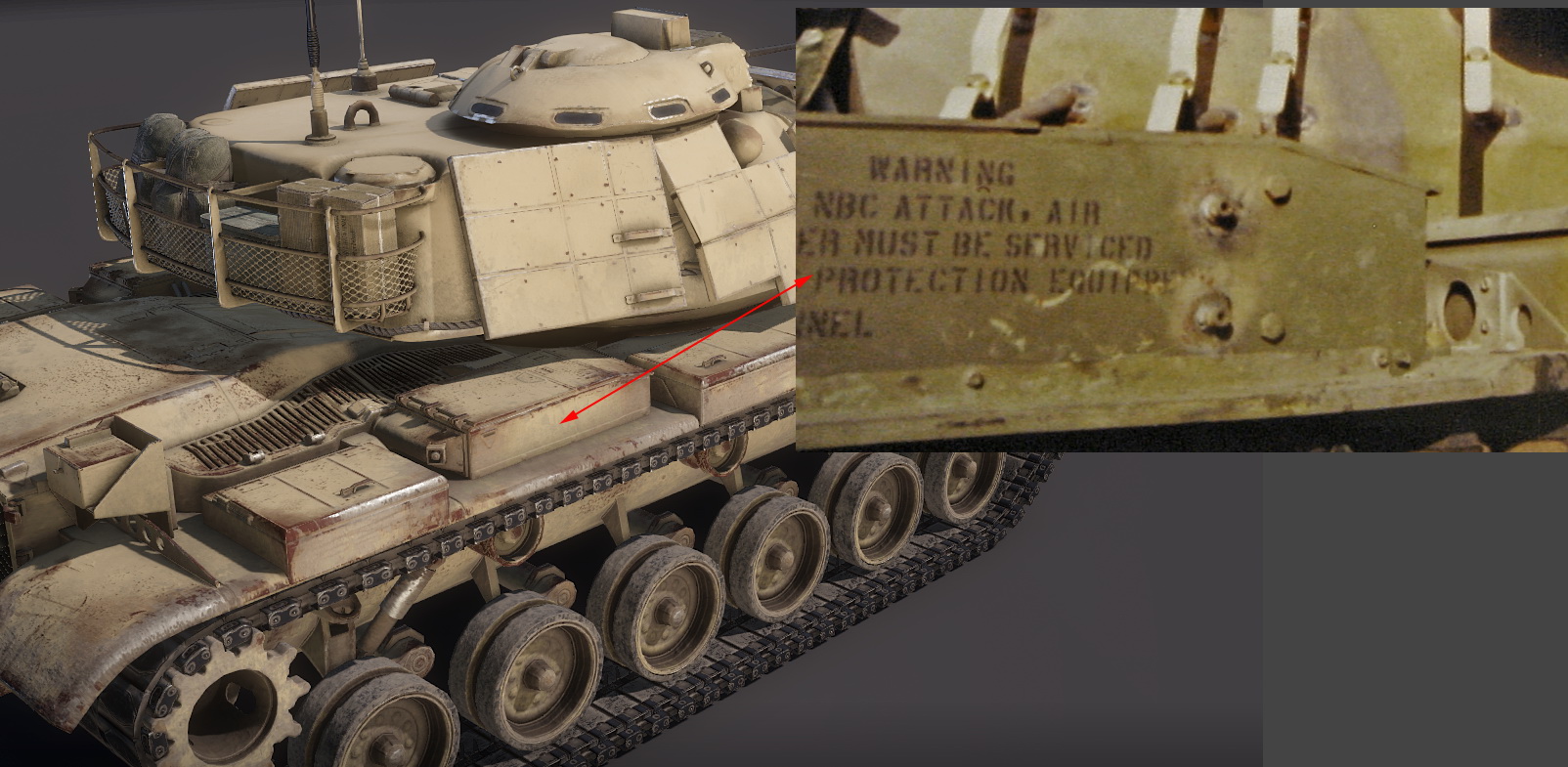
Take the recent USMC M60A1 skin, for example. We've seen some feedback from the Russian community that we're being lazy by just repainting the tank to ochre and adding some chevron decals to the side. We were like, you've got to be kidding me, are you serious, people? The list of changes for the vehicle alone had 18 pages and apart from the obvious stuff included a number of fixes to the ERA geometry, additional boxes to make the skin accurate, cables, water canister mountings, canisters, various bags, boxes, spare roadwheel, wear and tear textures, inscriptions and so on. Apart from that, we had this idea to add a mine plough, but we weren't able to make that on time. If you don't consider this a detailed and accurate historical skin, I really don't know what to tell you. And as for the fantasy skins, well, don't forget that our game takes place in the future. It's not like you're a member of any official military. Pretty much anything goes.
Evgeny: Just to add to that, fantasy skins are much more interesting and challenging to make. You get to solve complex art and technical issues, which are often unique to each skin. We had to animate the tentacles, create the ray of death effect for the mummy skin, which doesn't just appear randomly, but only when you spot an enemy. There were also the angel wings, unfolding at certain speed.
What do you feel when the tank you make is finally released and appears in player hands? Is it fear? Satisfaction? Does the team read player feedback?
Evgeny: Yep, we're reading the feedback, watching streams and are happy when we run into positive comments.
Karolis: It's mixed. On one hand, there's the feeling of pride and satisfaction – we spend a lot of time on each model and we do our utmost for each and every asset that comes from us so that our vehicles look authentic and realistic. We do our job so that we don't have to feel ashamed of our work. You see your work in the game's Garage and you're thinking the players will notice your craftsmanship and praise it. And then you go reading the comments and all you get is stuff like "yeah okay" and "meh". And immediately, the comments turn towards other topics.
"Yeah, the tank's nice, but what about the playerbase size? Why don't you fix the ATGMs? Or buff CATTB?"
Such questions of course have nothing to do with our modeling team. Sometimes, players notice some bugs and we then fix them. It seems that nobody ever praises the visual appearance of new models, even though if you run the game on maximum settings and a decent rig, they look just as good, if not better, than the competition.
Do you guys play Armored Warfare? If so, what vehicles? What modes? Are you skilled players?
Karolis: Sadly, I rarely have time to just play. I'm responsible for vehicle visuals – when I run the game, I mostly just watch the vehicles in the Garage or test them on the Proving Grounds map. But as for my colleagues, especially those, whose job is connected to the game's balance, I know they play a lot and they are really good at it too.
What are your favorite vehicles in the game and why?
Karolis: There are several candidates. For example, consider the Type 16 – I really think that it's one of the most beautiful models in the game.

The overhauled T-72B looks really great. Thanks to that, we could in turn update the T-72A and make the T-72M1, which looks good especially with the Lion of Babylon skin.
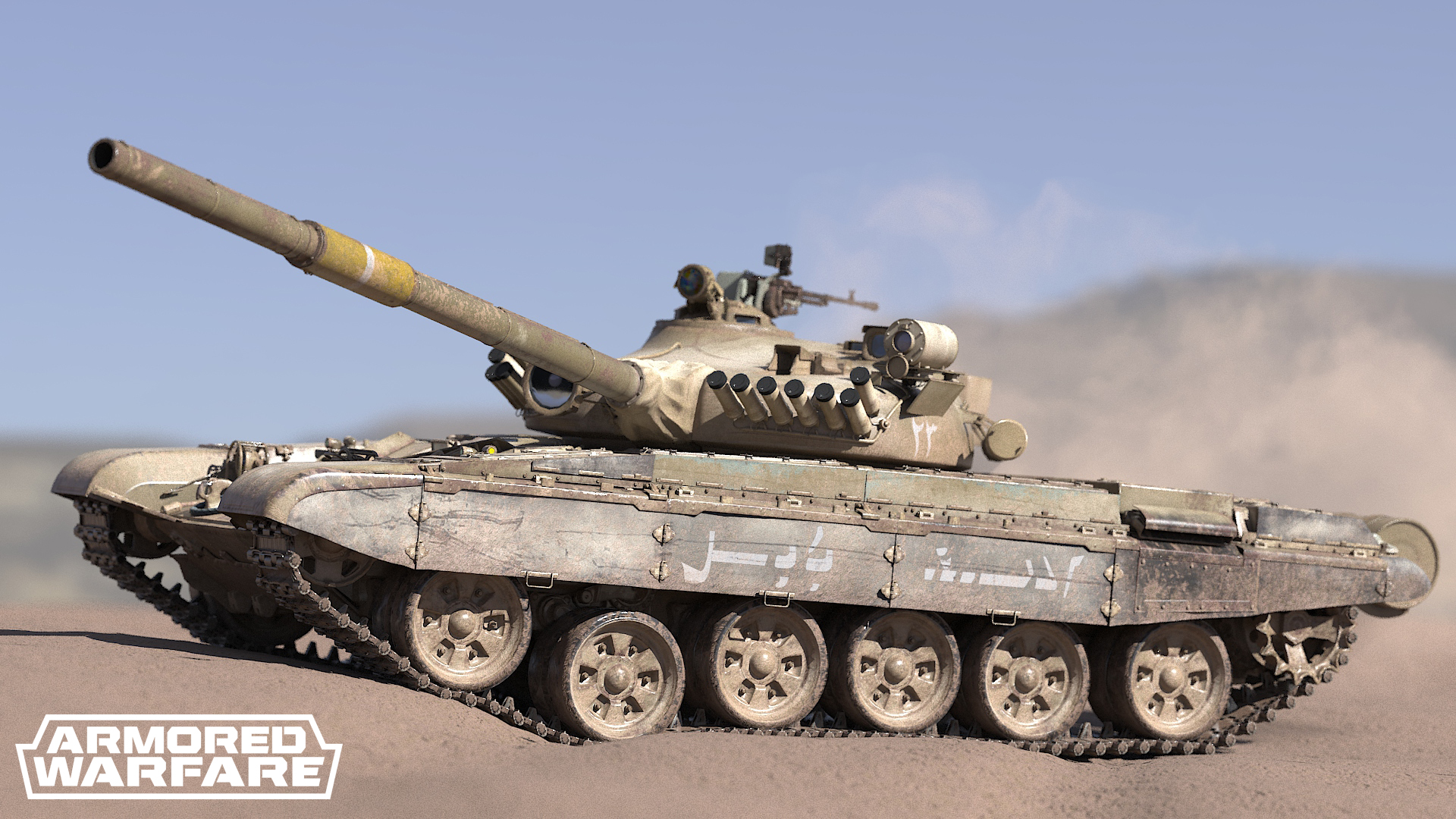
AMX-13 – not sure why but I just like it. The Object 195 MBT was one of the hardest to make due to the lack of visual references for the model, but we worked hard and our historical consultant noted that we now have the best 3D model of this vehicle, anywhere. The T249 model is very detailed even though we didn't have that many photos to work with. The ZUBR PSP was mostly designed by us. For the AGDS, we only had one drawing to work with.
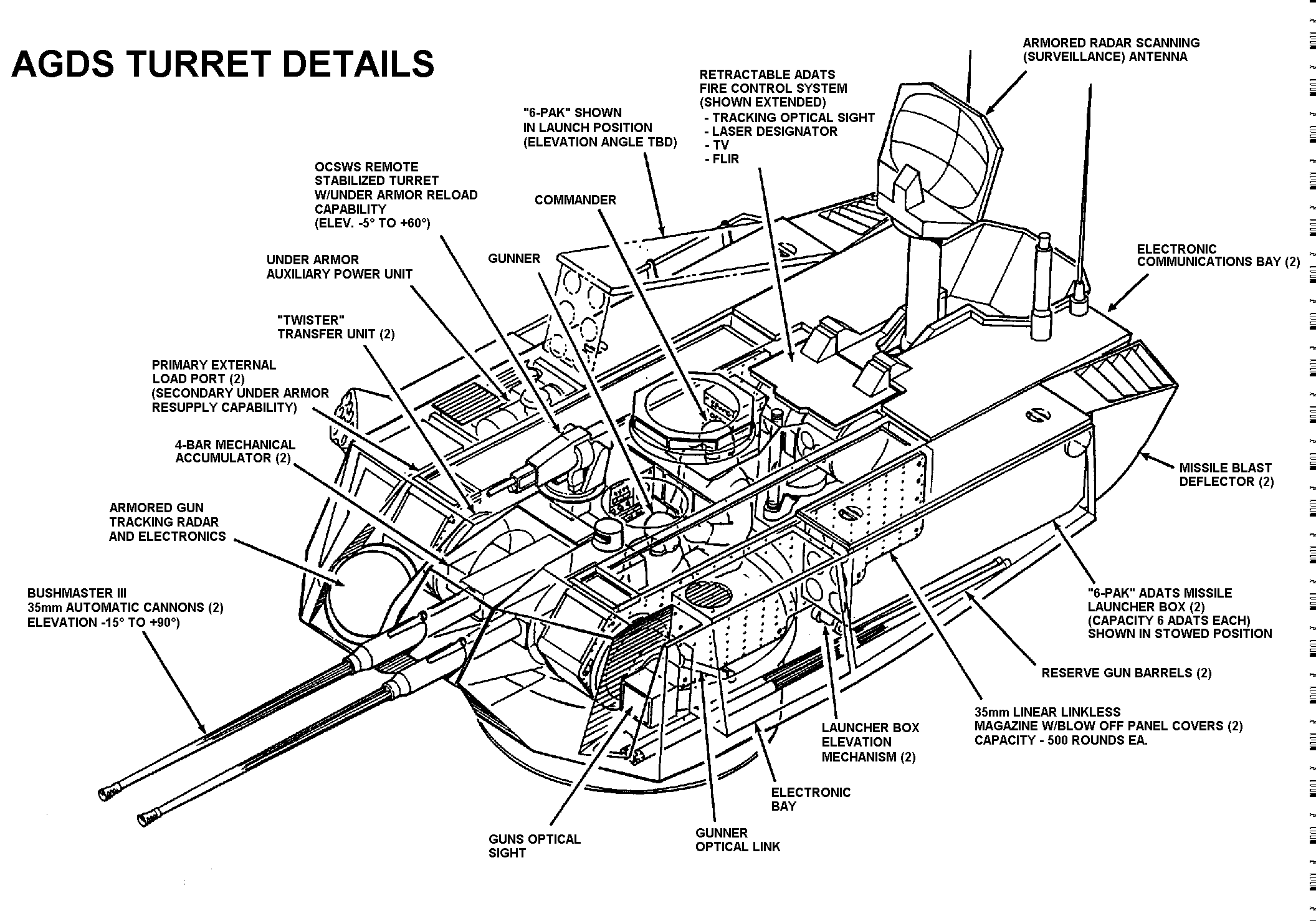
But for me, the truly special are the vehicles, the models of which feature various animations, such as the C13 TUA, VCAC Mephisto or the recently added radar animation for B1 DRACO (yes, we have already fixed the bug connected to it, it will appear live soon). These smaller details truly bring our vehicles to life, which is why we are trying to add as many animations as possible to all new vehicles. Even the "junk" on new tanks – various canisters, bags and such – is typically animated. They shake when the gun fires or when the tank drives over obstacles.
Sometimes, these are really small things. The first animation we ever made were the folding headlights of Merkava Mk.3 – not many noticed. The IR headlight of T-72B also follows the gun. You'd say it was a simple thing to do, but no. It was pretty complicated code-wise. Another huge thing was the set of Mechanized Infantry deployment animations – when these vehicles were first made, nobody really thought about modeling their troop compartments, there was no internal model of the vehicle. We spent a lot of time finding the photographs of these compartments, adding them and animating the doors correctly.
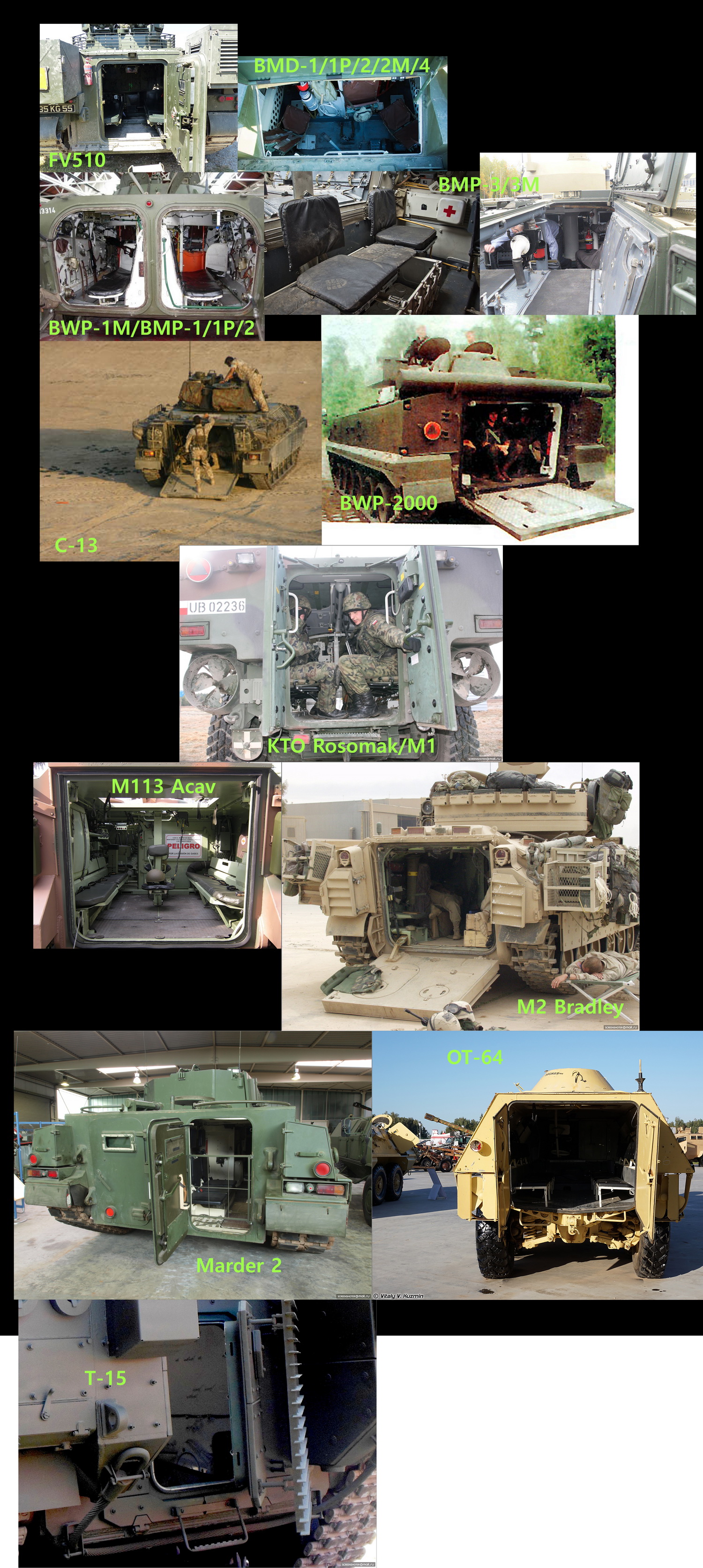
Evgeny: My favorite vehicle is the IT-1. It's the first vehicle in the game without a special reloading animation and what an animation it is – the rocket wings unfold beautifully. I went through the entire PvE campaign using just this vehicle because I just couldn't get enough of the animation. And, of course, there's the GAU-8 and the Vigilante – Gatling guns are my passion.
What's the most difficult model you ever worked on, one that gave you the most trouble?
Evgeny: This can more or less be said about every vehicle. The most problematic models turned out to be the Burlak and the T-72A. It's not like we don't want to give all that extra attention to all models, but everyone has deadlines to meet.
Karolis: I'd like to mention the Abrams tanks here. Even though there's a lot of information available on them, the process of their model overhaul turned out to be extremely difficult. It would have been easier to start from the scratch like we did with the T-72B, but instead, we decided to fix the old, existing models. This definitely turned out to be a mistake – the whole overhaul ended way behind schedule and the results are still not perfect.
And then there's the whole matter of the legacy Obsidian left us. Generally speaking, there are more than 400 vehicles in the game and each of them has or had its own set of difficulties. The T-72B and Abrams models are just two glaring examples.
Of course, there are many other vehicles that need visual improvements. On one hand, these overhauls are difficult to justify to the bean counters, when it comes to manhours spent. On the other hand, I just can't watch them without getting a bit sad. That's why when we are making new skins for these vehicles or their new variants, we always improve the quality of the base model, even though this isn't always listed in the patchnotes. The Sabra Mk.2 model is the latest to receive such an upgrade.
How much does a model suffer during the highpoly to lowpoly transition and why's there such a big quality difference between your models and the old ones by Obsidian?
Evgeny: I wouldn't say that the model suffers. If we do everything right, it does not. In general, our models feature more polygons and higher resolution textures. They no longer have wheels looking like octagons and hexagonal muzzles. We transferred all out vehicle models to a new shader system, which breaks the texture down to separate layers. In the old Obsidian shader, the dirt, wear and tear, rust and the base color were all baked into the texture. Our shader has them as separate layers, which allows us to edit them. We can, for example, change material properties at the same time with just a few clicks for all vehicles without having to overhaul all the model textures. This shader system also made the dynamic dirt feature possible.
Unfortunately, overhauling the game to this new tech didn't always go smoothly, some tanks even lost some of the original visual model quality. The human factor played a role here – we had very little time to overhaul more than 200 tanks, which is why we contracted a considerable number of outsourcers. And when you work on a project of this scale with such strict deadlines, it's really hard to keep the quality level constant for every single case. But, we are constantly fixing these issues and the new models look really well – more than on par with our competition.
They say that game developers make a lot of money in general. Is it true?
Evgeny: This sounds like a case of survival bias. For every rich developer, there are hundreds of closed down projects that never took off.
Karolis: Well, if you consider Gabe Newell a developer, then yes – some do make millions. But when it comes to the games industry, we have average earnings – no more and no less than other IT development branches.
How much does your job consume you? Is it difficult to just switch off and do something else?
Evgeny: This job doesn't allow you to slow down. The progress and technology development in this industry are incredibly fast. There's always some new software appearing, there are always new development methods. You always have to learn something new, it takes all your free time, all your holidays, you can never stop or you get left behind. For example, even relatively not so long ago, CryEngine was an advanced engine. By now, it's already obsolete and it's Unreal Engine that's at the forefront. Rapidly developing Blender and Houdini 3D software with its procedural modeling is replacing the old Maya and 3ds MAX dinosaurs.
Karolis: I have another habit – I always try to find local military museums. Last summer, just before the release of the Battle Path, I was going 600km away from Moscow to visit my relatives. There, I accidentally found a park with a Shilka! I was really excited. I climbed all over it and took a whole bunch of photographs, which were then useful during the polishing phase of the game model.


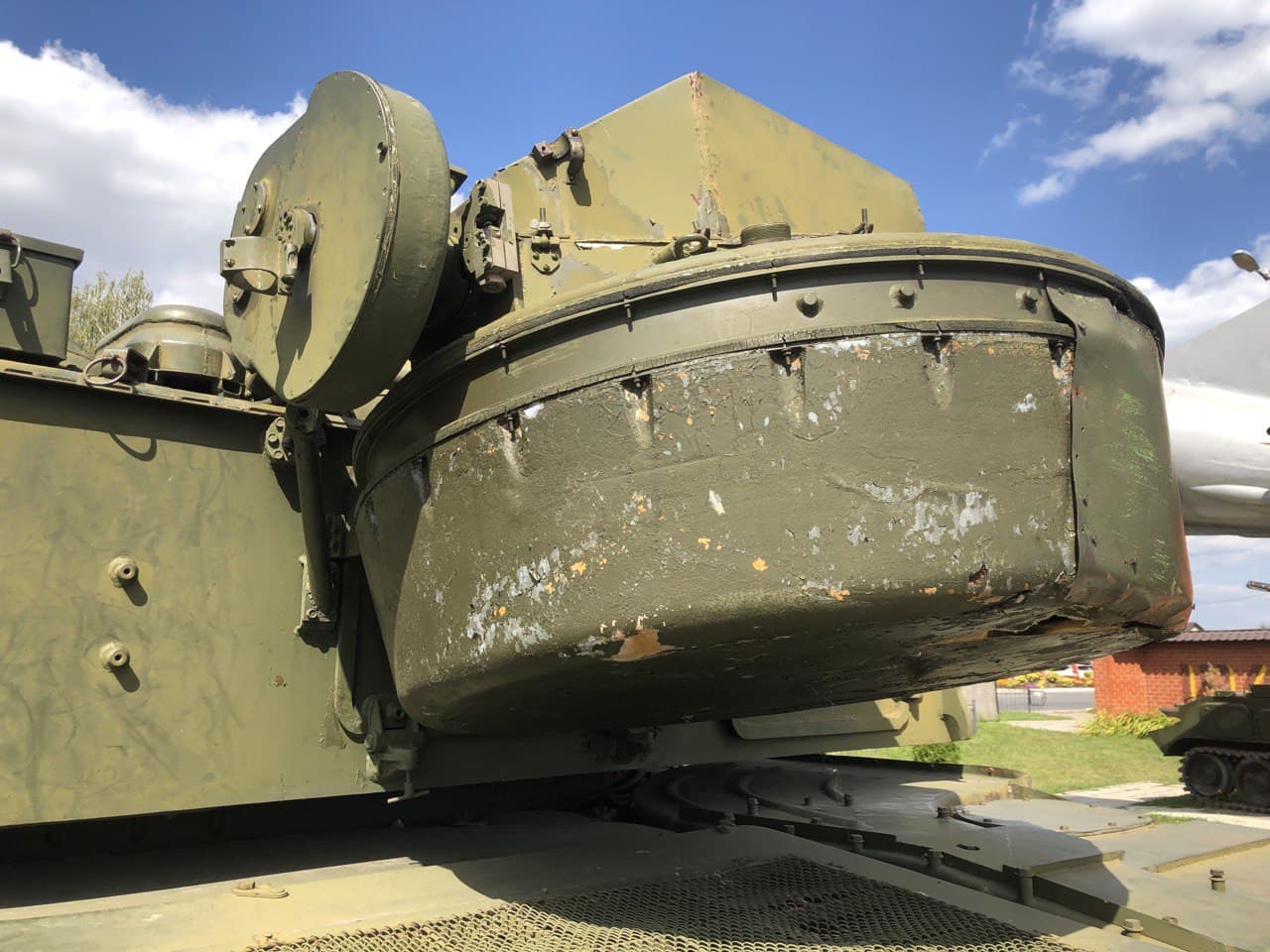
How much time does it take to develop a tank from scratch, from the moment the task reaches you guys personally?
Karolis: I'd expand the question it a bit. Not from the moment of the task, but from the moment of the decision that we actually want it in the game, because there's another important phase before the artists start doing their job – the search for references and the creation of a so-called Workbook, which is a document that can have as many as 70 pages containing photos and describing each part of the vehicle. These are made by our historical consultants. With this phase included, it takes 4 to 6 months.
Last but not least, can you show us something you're working on?
Right now, we're working on improvements to the Sabra model, which will come along with a new skin for it. You can see it below along with some earlier work in progress details. We hope that you'll like it!
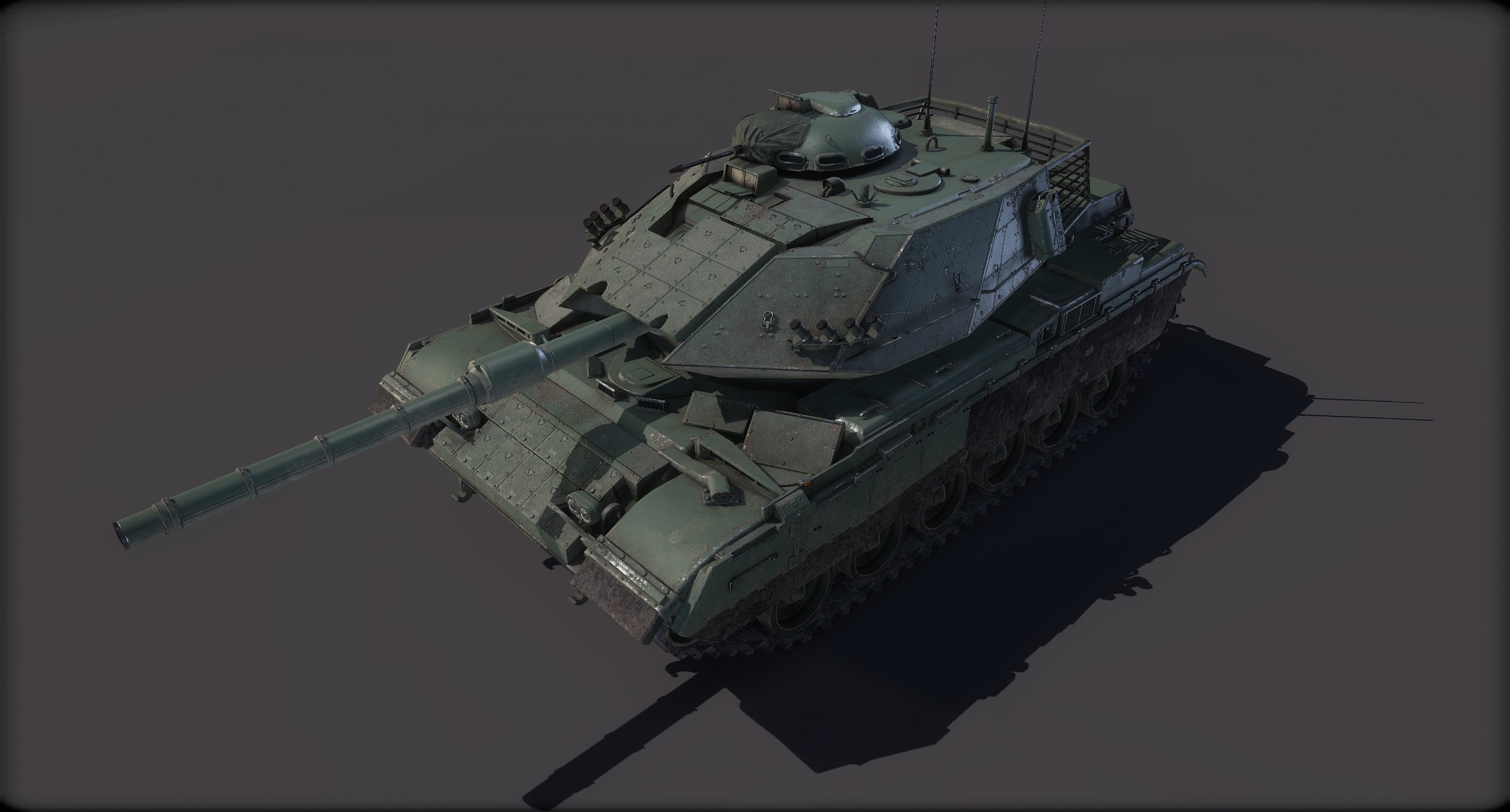


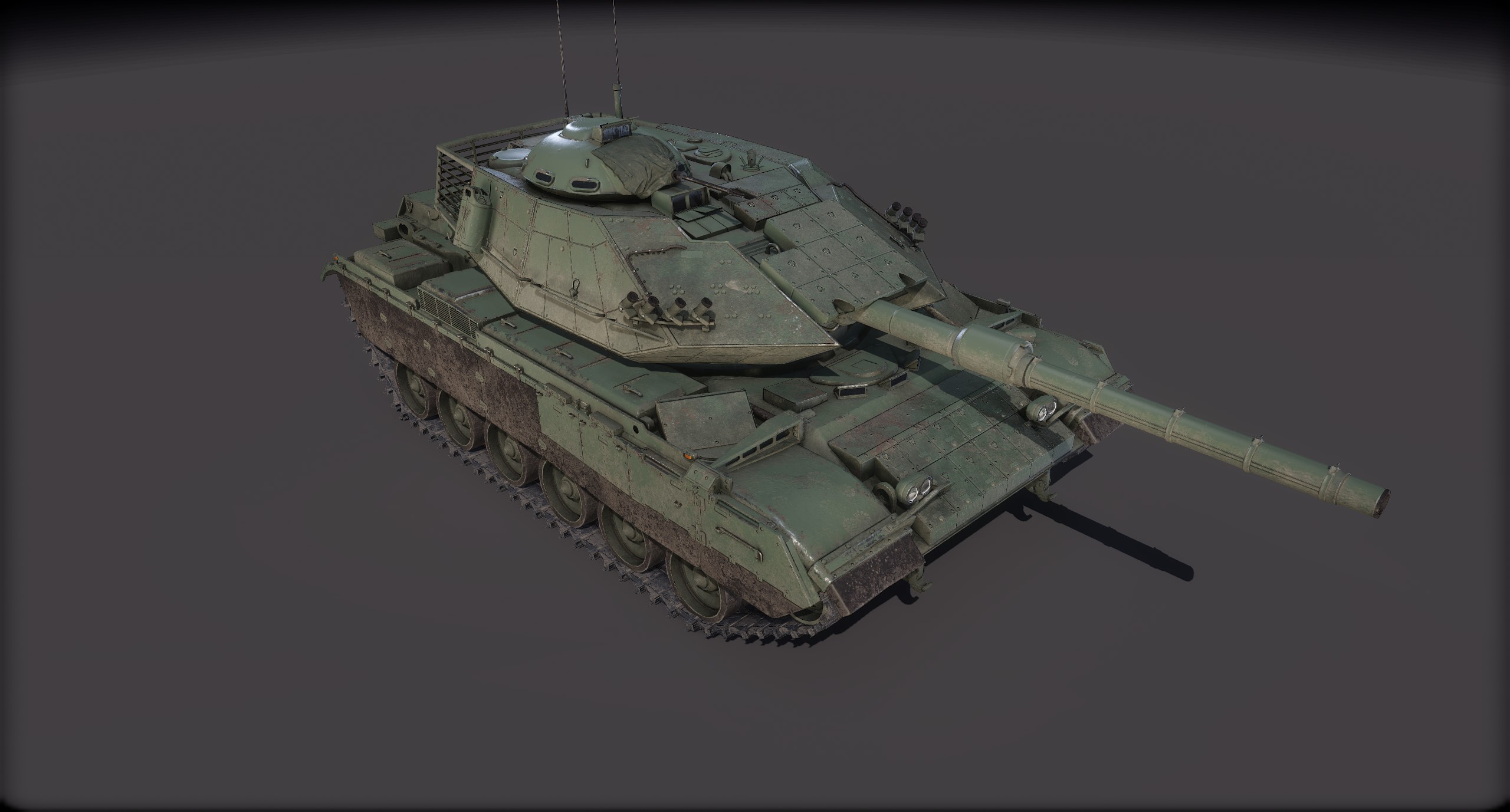
That's it for today, commanders. Did you like the interview? Would you like to see more of such content? Let us know on Discord and, as always:
See you on the battlefield!




